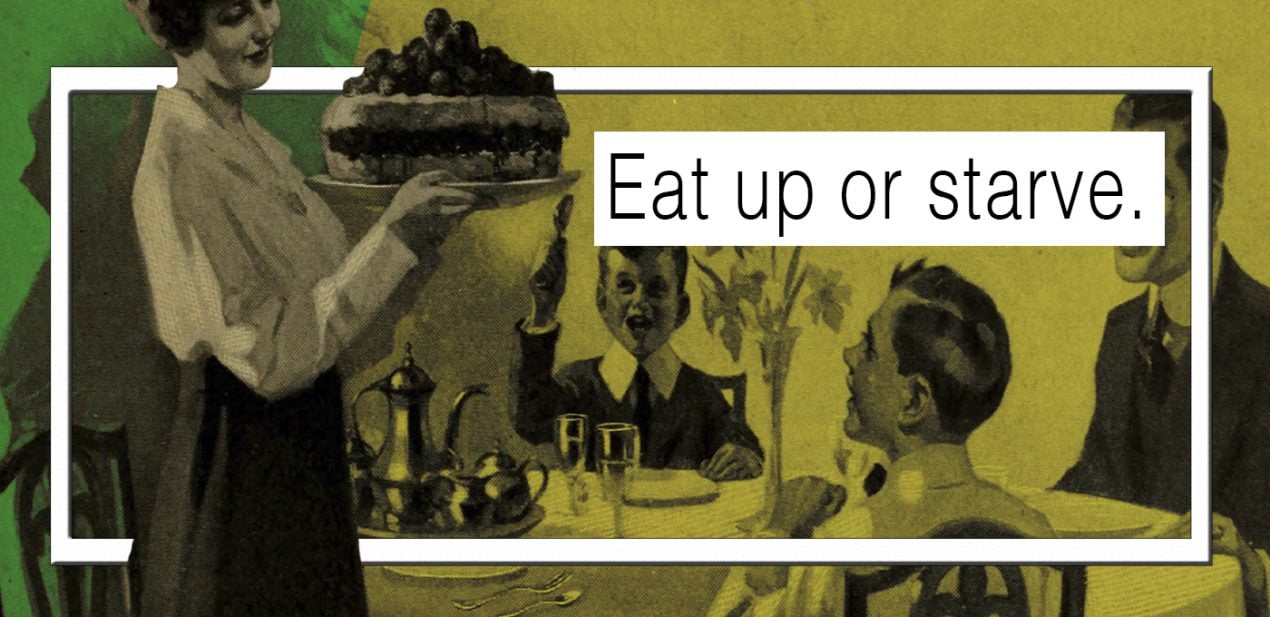Healthy school lunch isn’t what makes kids from coast to coast happy. The more teachers urge them to join the Clean Plate Club selling 1000 vitamins and antioxidants of beet, the more they hate it.
Just like adults make kids eat healthy food, you have to find a way to convince people, that your app is “delicious” and worth tasting.
Take a look at these two mistakes you might be making while crafting your sales messaging.
Using formulas or imaginary customers
Value proposition development advice often boils down to arranging words with formulas like this one:
[Your app] is a [description] that [what it can] for [targets] who need to [do X and Y/solve Z problem]. Unlike [alternative], it [difference].
With such a framework in mind, you craft a paragraph with tons of buzzwords and business jargon like “revenue-focused marketing automation” or superlatives like “best sales effectiveness solutions.” We are not saying that this way of building sales messages won’t bring you results — it will bring results. Formulaic results.
One more “saving-cash-and-time’ approach is about creating imaginary customers with names, demographic attributes, attitudes, skills, and habits, that are similar to your ideal prospects. In theory, it should help you prepare persona-based messages with value propositions. In reality, no one sees the value in your “faster, smarter and unique proposition” and reacts to your message predictably only because you’ve got shared or similar data.
Before crafting your sales message, answer these questions:
- How do your targets currently solve their problems?
- Are they satisfied with the current solution? Why?
- Is there anything that the current solution lacks?
Neither ready-to-use formulas nor imaginary customers’ attitudes and demographics motivate targets to get out of daily routine and react to your message. It will happen only if you rush into your targets’ “everything is ok” world and convince them, that it’s not true, so they need a change.
Starting with “What we’ve done for you”
If you add a bunch of “world-changing” features to your app, what will happen? Without explaining how exactly they will change the world – nothing.
Focus mainly on the advantages your product provides. Then share true-life scenarios to show what all features mean for users. A few examples are:
| Feature | Advantage | Life scenario |
| Metal cell phone case | Protects strong | If you drop your phone on the floor, it stays safe. |
| Pockets on the front of a jacket | Convenient | Let you place keys and keep your hands warm in cold weather. |
| USB flash drive | Easy access to documents | If you have a meeting with a client and forgot his project’s documentation, it won’t take much time to find it. |
Product owners think of products in terms of features. Users never do the same. A working value proposition is not what you sell and feel proud of, but how it helps your future customers cope with life tasks.
Be it an iPhone or toilet paper — these are just tools for handling everyday issues












